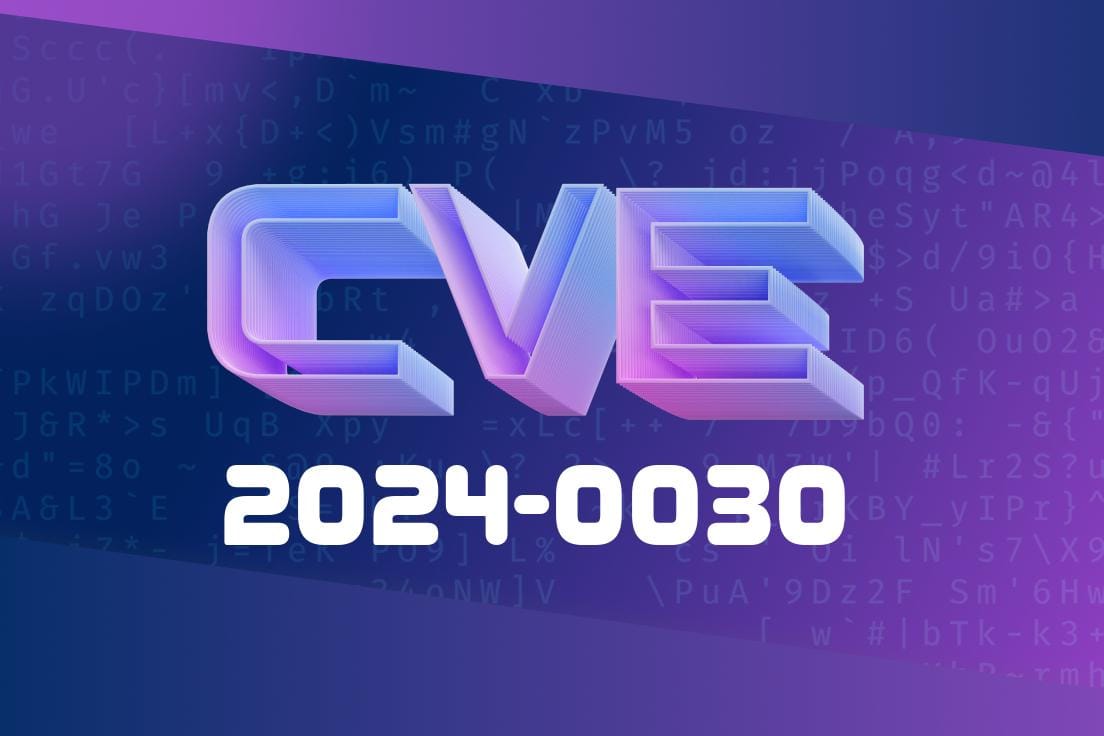In the world of cybersecurity, understanding and mitigating vulnerabilities is crucial to keep systems and devices secure. In this long-read post, we will investigate the CVE-2024-0030 vulnerability, exploring the root cause and potential exploit details. The focus of our attention will be on the btif_to_bta_response function contained within the btif_gatt_util.cc file, where an out-of-bounds read could occur due to an incorrect bounds check. The vulnerability could lead to local information disclosure without additional execution privileges and does not require user interaction for exploitation.
Vulnerability Details
The root of the CVE-2024-0030 vulnerability lies in the btif_to_bta_response function that can be located in the btif_gatt_util.cc file. Below is a snippet of the code with the incorrect bounds check:
uint16_t btif_to_bta_response(bt_gatt_status_t btif_status) {
if (btif_status == BT_GATT_INVALID_HANDLE)
return GATT_INVALID_HANDLE;
if (btif_status == BT_GATT_AUTH_FAIL)
return GATT_AUTH_FAIL;
if ((btif_status >= BT_GATT_INTERNAL_ERROR) &&
(btif_status <= BT_GATT_INTERNAL_ERROR_LAST))
return GATT_INTERNAL_ERROR;
if ((btif_status >= BT_GATT_CONTEXT_NOT_FOUND) &&
(btif_status <= BT_GATT_NO_RESOURCES))
return btif_status - BT_GATT_ERROR_RANGE_START + BTA_GATTC_ERROR_RANGE_START;
return btif_status;
}
As can be seen in this code snippet, there are multiple conditional statements that check the value of btif_status. However, there is an oversight in the bounds check used in these conditions. It does not account for the entire range, and as a result, may allow for an out-of-bounds read to occur.
Exploit Details
The CVE-2024-0030 vulnerability could potentially be exploited through carefully crafted input data. An attacker could provide values that meet the conditions specified in the code snippet mentioned above, which will likely result in an out-of-bounds read. As such, sensitive data could be disclosed, posing a severe security risk.
In essence, the vulnerability provides an attacker the opportunity for local information disclosure without requiring any additional execution privileges. In addition, user interaction is not needed for the exploitation of this vulnerability, adding to the potential ease of exploit and further contributing to the overall security risk posed by this vulnerability.
Original References
To gain a deeper understanding of this vulnerability, it is advisable to consult the original references where it was first reported. You can find references to this vulnerability below:
1. CVE-2024-0030 Official CVE Detail
2. NVD - CVE-2024-0030
3. Google Android Security Bulletin - June 2024
Conclusion
The CVE-2024-0030 vulnerability is a reminder that even minor oversights in code can create significant security risks. It is essential for developers, security professionals, and users to stay aware of these threats and apply appropriate fixes when they become available. In conclusion, we must remain vigilant and proactive to ensure the ongoing security and privacy of our systems and devices.
Timeline
Published on: 02/16/2024 02:15:50 UTC
Last modified on: 02/16/2024 13:37:55 UTC
